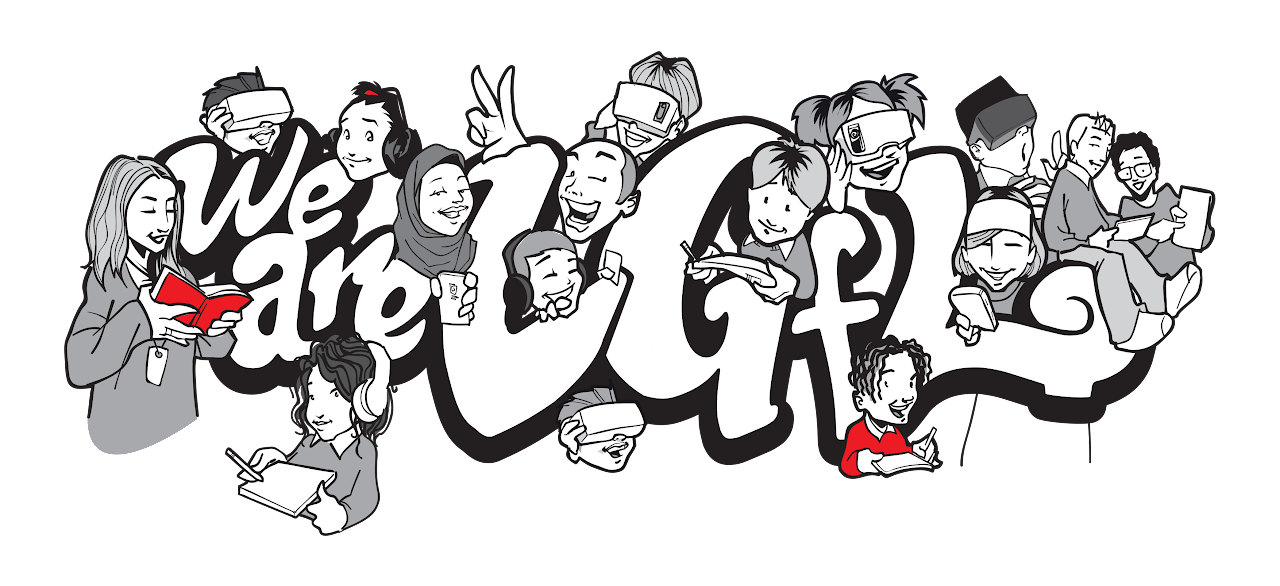Dyslexia
Phonological Awareness
Phonological awareness is the ability to attend to and manipulate the sound structure of spoken words and is recognised as a critical skill in learning to read and spell. Although many children's brains are hard-wired to learn phonological awareness quickly, many children need explicit teaching with much practice.
Rhyming is the first step in phonological awareness; e.g., if a child knows that dog and log rhyme, they are focussed on the ending -og.
Breaking words into syllables is the second step, e.g., clap, tap, or count the syllables in aurally given words.
The third step is phonemic awareness, which means a child can manipulate the slightest sounds in spoken words, e.g., they can say which is the first sound in cat, which is the second sound in cat, which is the third sound in cat, and what new word is made if we change the 'c' in cat to a 'h' or what new word is made if we change the 't' to a 'p' etc.
Phonological awareness activities help children become aware that words are made up of sounds and that when a sound is changed, it alters the word's meaning.
Without secure phonological awareness, children are likely to experience difficulty learning to read. Children with dyslexia are characterised by having difficulty understanding how letters in written words map onto speech sounds in spoken words.
Structured teaching approach to phonic awareness and reading
Aaron Smith discusses a structured approach to phonics and a structured teaching approach
Jolly Phonics
Jolly Phonics, teaches children to read and write using synthetic phonics.
Systematic teaching of phonics, grammar,
spelling, and punctuation across the school
Teaching is multi-sensory and active, with fun
actions, stories and songs
Independent research supports the outstanding results
achieved around the world with the programme
Continues to revise and extend children’s
phonic knowledge
Flexible and easy to implement in your school
Developed by teachers for teachers
Phonics books
Phonic Books, creates, designs, and publishes decodable books to help beginner readers and older, struggling, or reluctant readers.
Decodable books are books a child can read independently once they have been taught the phonics at that level.
Phonic Books - catch-up Readers ages 8 to 14.
These synthetic phonics books start with shorter beginner chapter books containing 3 or 4 chapters. They have word lists that allow them to be used for 5 to 10 minutes of word work with an adult before reading. They contain serial reading stories that capture the interest of those who enjoy adventure stories. www.phonicbooks.co.uk



